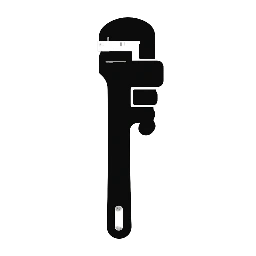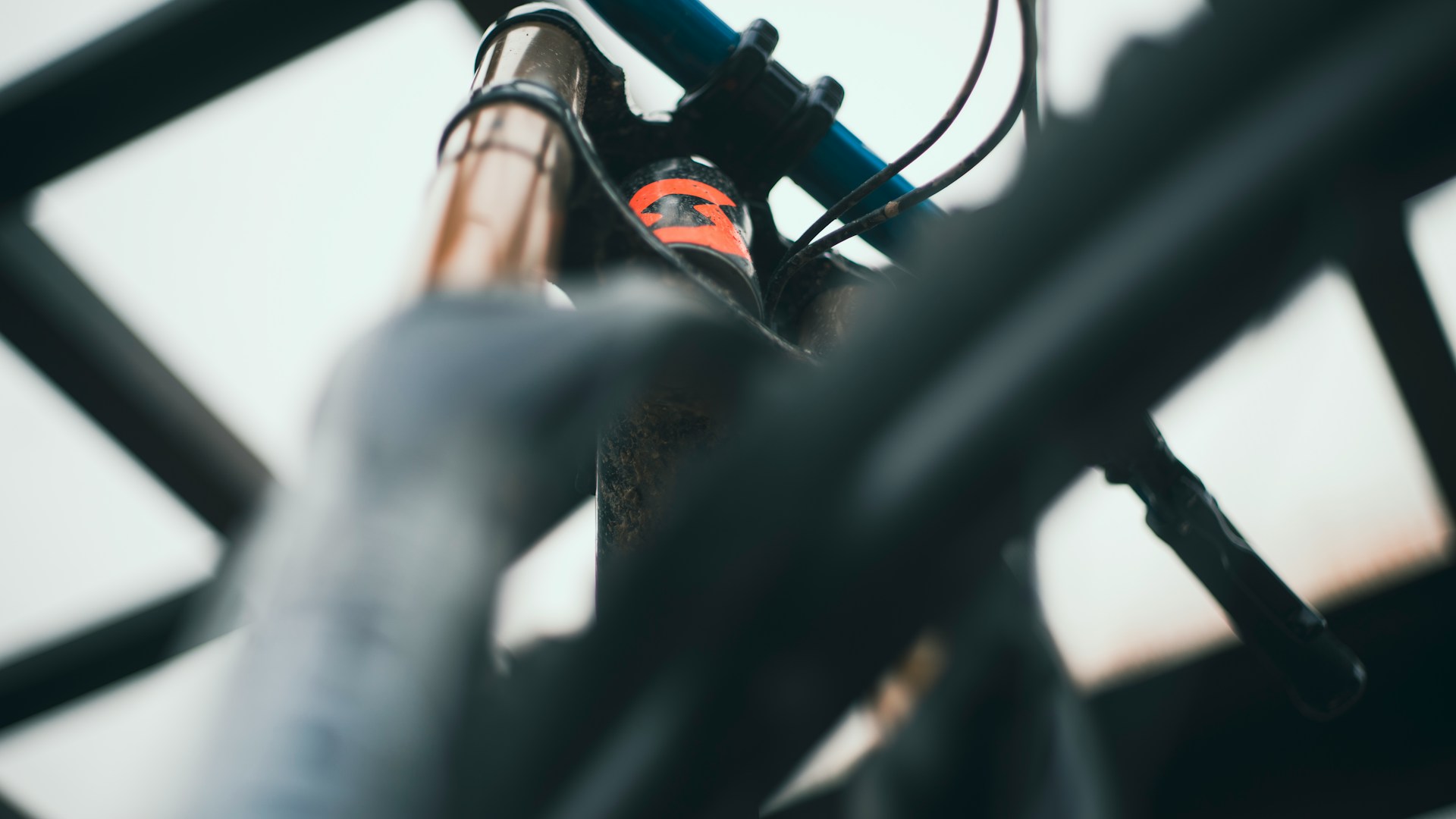Understanding the various sewer line inspection methods is crucial for homeowners, plumbers, and property managers alike. Early detection of issues can prevent costly repairs, extensive property damage, and unsanightly backups. This comprehensive guide will delve into the most common and effective techniques used to assess the condition of sewer lines, from traditional visual inspections to advanced trenchless technologies.
Why Are Sewer Line Inspections Important?
Sewer lines are out of sight, out of mind for most people until a problem arises. However, they are vital components of any plumbing system. Over time, various factors can lead to damage or blockages:
- Tree Root Intrusion: Roots are naturally drawn to the moisture and nutrients inside sewer pipes, leading to cracks, blockages, and complete pipe collapse.
- Corrosion and Deterioration: Older pipes, especially those made of cast iron or clay, are susceptible to corrosion, cracks, and general wear and tear over decades of use.
- Bellied Pipes: A “belly” or sag in the pipe can occur due to ground shifting, improper installation, or soil erosion, causing waste to collect and lead to blockages.
- Grease Buildup: The accumulation of fats, oils, and grease (FOG) from kitchen sinks can solidify and restrict flow, eventually leading to clogs.
- Foreign Objects: Non-flushable items accidentally or intentionally flushed down toilets can cause significant blockages.
- Cracked, Collapsed, or Misaligned Pipes: Ground movement, heavy vehicle traffic, or even poor initial installation can lead to structural damage to the pipes.
Regular inspections can identify these issues before they escalate, saving you significant time, money, and stress. They are particularly recommended when:
- Purchasing a New Home: A pre-purchase inspection can reveal hidden issues and prevent unexpected expenses after moving in.
- Experiencing Recurring Drains: Frequent clogs, slow drains, or gurgling sounds are strong indicators of a sewer line problem.
- Planning Renovations: Before extensive landscaping or construction, an inspection can ensure the sewer line won’t be compromised.
- Noticing Unpleasant Odors: Persistent sewer odors inside or outside your home can point to a leak or blockage.
- After Major Weather Events: Heavy rains or seismic activity can sometimes impact underground pipes.
Common Sewer Line Inspection Methods
The evolution of plumbing technology has led to a variety of sophisticated methods for inspecting sewer lines.
1. Video Camera Inspection (Sewer Camera Inspection)
This is by far the most common, effective, and non-invasive method for sewer line inspection.
How it Works: A high-resolution, waterproof camera attached to a flexible rod is inserted into the sewer line through an existing access point, such as a cleanout or a vent pipe. The camera transmits live video footage to a monitor, allowing a plumber to visually inspect the interior of the pipe. Some advanced cameras also have self-leveling features and transmitters that can pinpoint the exact location and depth of any issues.
What it Reveals:
- Tree root intrusion
- Cracks, fractures, and breaks in the pipe
- Corrosion and deterioration
- Bellies or sags in the line
- Blockages (grease, foreign objects, debris)
- Misaligned or collapsed pipes
- Pipes disconnected at joints
- Pipe material and condition
Pros:
- Non-invasive: No digging required.
- Highly accurate: Provides a clear visual of the pipe’s interior.
- Pinpoints exact location: Many cameras have transmitters for precise fault localization.
- Recorded evidence: Video footage can be saved for future reference, insurance claims, or real estate transactions.
- Cost-effective in the long run: Prevents unnecessary digging and repair work.
Cons:
- Requires a cleanout or access point: If one isn’t present, a small excavation might be needed to create one.
- Cannot penetrate severe blockages: If the pipe is completely blocked, a preliminary snaking or hydro-jetting might be required before the camera can be inserted.
Best Used For: Routine maintenance, pre-purchase home inspections, diagnosing recurring clogs, locating blockages, and post-repair verification.
2. Smoke Testing
Smoke testing is primarily used to detect leaks in sewer lines or identify points of entry for stormwater into the sanitary sewer system (inflow and infiltration).
How it Works: Non-toxic, odorless smoke is blown into the sewer line through a vent or cleanout. The smoke, under pressure, will escape through any cracks, breaks, or illicit connections in the pipe, becoming visible at ground level or inside buildings.
What it Reveals:
- Cracks and breaks in the sewer line
- Illicit connections from downspouts or sump pumps to the sanitary sewer
- Missing or damaged cleanout caps
- Improperly vented plumbing fixtures
- Rodent entry points
Pros:
- Efficient for locating multiple leaks/issues: Can cover a large area quickly.
- Identifies cross-connections: Helps distinguish between sanitary sewer and storm sewer issues.
- Relatively inexpensive.
Cons:
- Does not show the internal condition of the pipe: Only indicates where smoke is escaping.
- Requires specialized equipment and trained personnel.
- Can be mistaken for gas leaks by untrained individuals: Public notification is often required.
Best Used For: Identifying sources of unexplained sewer odors, detecting illicit connections, and assessing the overall integrity of a sewer system, particularly in municipal applications.
3. Hydro-Jetting with Camera Inspection
While hydro-jetting is a cleaning method, it’s often paired with camera inspection for a comprehensive approach.
How it Works: High-pressure water streams are used to scour the interior of the pipe, removing grease, sludge, tree roots, and other debris. After the pipe is thoroughly cleaned, a video camera inspection is performed to assess the now-clean pipe’s condition.
What it Reveals:
- The exact nature and extent of blockages after removal.
- Underlying structural damage that was previously obscured by debris.
- The overall condition of the pipe post-cleaning.
Pros:
- Provides a truly clear view: The pipe is clean, allowing for accurate assessment of defects.
- Effective for stubborn blockages: Can clear roots and heavy grease buildup.
- Combines cleaning and inspection: A two-in-one solution.
Cons:
- More expensive than just camera inspection.
- Not suitable for severely damaged pipes: The high pressure could worsen existing structural issues.
Best Used For: Resolving recurring clogs, preparing pipes for relining or repair, and thorough diagnostic work.
4. Acoustic/Sonic Leak Detection
This method is less common for general sewer line inspection and more specifically for detecting leaks in pressurized water lines, but it can sometimes be adapted for sewer lines, particularly to pinpoint the exact location of a known leak in a non-pressurized system.
How it Works: Sensitive microphones or listening devices are used to detect the sound of water escaping from a pipe. In sewer lines, this might involve listening for the sound of effluent escaping through a crack or joint.
What it Reveals:
- The approximate location of a leak.
Pros:
- Non-invasive.
- Can pinpoint leaks with reasonable accuracy.
Cons:
- Limited application for sewer lines: More effective for pressurized systems.
- Does not show the cause of the leak or the internal pipe condition.
- Can be influenced by ambient noise.
Best Used For: Pinpointing a known or suspected sewer leak when other methods have narrowed down the general area, especially in situations where excavation is undesirable.
5. Dye Testing
Dye testing is a simple and inexpensive method primarily used to confirm connections between drains and sewer lines, or to trace the path of wastewater.
How it Works: Non-toxic, fluorescent dye is introduced into a drain (e.g., a toilet, sink, or floor drain) while observing the sewer cleanout or other access points. The appearance of the dye confirms the connection. It can also be used to detect cross-connections between storm and sanitary sewers.
What it Reveals:
- Confirmation of plumbing connections to the sewer system.
- Potential cross-connections (e.g., a downspout draining into the sanitary sewer).
- Presence of a leak if dye appears unexpectedly in an adjacent area.
Pros:
- Very inexpensive and simple.
- Requires no specialized equipment beyond the dye.
- Quick to perform.
Cons:
- Does not reveal the condition of the pipe.
- Limited diagnostic capabilities.
- Cannot pinpoint specific defects.
Best Used For: Verifying plumbing connections, identifying potential illicit connections, and basic leak detection in certain scenarios.
6. Ground-Penetrating Radar (GPR)
GPR is a more advanced and specialized method, not typically used for routine sewer line inspections but valuable for mapping underground utilities, including sewer lines, and identifying potential anomalies before excavation.
How it Works: GPR units emit radar pulses into the ground. These pulses reflect off different materials and interfaces (like pipes, rocks, or soil layers), creating a subsurface image.
What it Reveals:
- The location and depth of buried sewer lines (and other utilities).
- Large anomalies or voids around the pipes that might indicate significant damage or collapse.
Pros:
- Non-invasive.
- Can map entire utility networks.
- Useful for planning excavations.
Cons:
- Does not show the internal condition of the pipe.
- More expensive and requires specialized operators.
- Effectiveness can be limited by soil type and depth.
Best Used For: Large-scale utility mapping, pre-construction surveys, and identifying the general path of unknown or unmapped sewer lines.
Choosing the Right Inspection Method
The best sewer line inspection method depends on several factors:
- The Problem at Hand: Are you experiencing recurring clogs, unpleasant odors, or are you just performing a preventative check?
- Budget: Some methods are more expensive than others.
- Accessibility: Is there an existing cleanout or will one need to be created?
- Desired Information: Do you need to see the internal condition of the pipe, or simply confirm a connection?
For most homeowners, a video camera inspection is the gold standard for diagnosing sewer line problems. It provides the most comprehensive and actionable information without destructive excavation. Smoke testing and dye testing can be valuable supplementary methods for specific issues like odor detection or connection verification.
What to Expect During a Sewer Line Inspection
A professional sewer line inspection typically involves:
- Accessing the Line: The plumber will locate the main sewer cleanout or another suitable access point (e.g., a toilet flange, vent stack).
- Inserting the Camera: The camera is carefully fed into the pipe.
- Real-Time Viewing: The plumber observes the live video feed on a monitor, looking for any signs of damage, blockages, or other anomalies.
- Recording (Optional but Recommended): The inspection is often recorded, allowing for detailed review and future reference.
- Diagnosis and Recommendations: After the inspection, the plumber will provide a detailed report of their findings, including the location and nature of any issues, and recommend appropriate repair or maintenance solutions. They should also discuss the pipe material and overall condition.
The Importance of a Qualified Professional
No matter the method, a sewer line inspection is only as good as the professional performing it. Always choose a licensed and experienced plumber with specialized equipment for sewer line diagnostics. They should be able to clearly explain their findings, show you the video footage, and provide transparent recommendations.
Conclusion
Sewer line inspection methods have evolved significantly, offering powerful tools to maintain the health of your home’s plumbing system. By understanding these techniques and opting for timely, professional inspections, you can proactively address potential issues, avoid costly emergencies, and ensure the long-term functionality of your sewer lines.


Leave a Reply